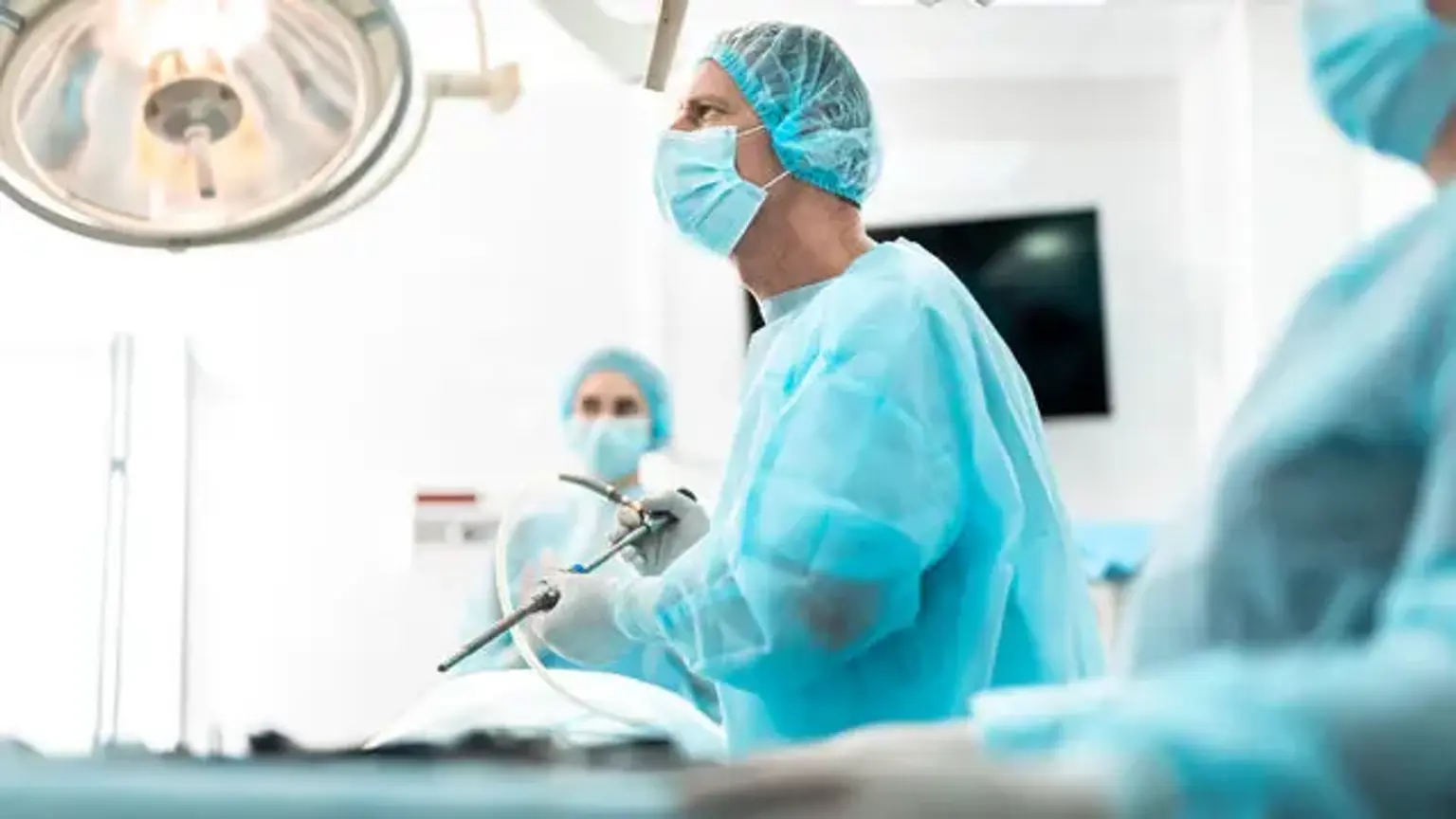Laparoscopic Prostatectomy
Despite the fact that open retropubic prostatectomy (RRP) is widely considered the preferred treatment for organ-confined prostate cancer, laparoscopic radical prostatectomy (LRP) has become standard therapy for organ-confined prostate cancer and is growingly conducted at selected centers worldwide.
In the 1990s, Schuessler, a non-academic, performed the first LRP with the help of two endourologists with laparoscopic renal surgery experience. These pioneers were able to do nine LRP surgeries with success but discovered no advantage over open prostatectomy. The procedure was lengthy and complicated, with an abnormally long operative time. In comparison to RRP, the researchers indicated that the technique provided no benefit.
Guillonneau et al. published a step-by-step technique for transperitoneal LRP in 1998. Guillonneau and colleagues produced a series exhibiting significant improvements in postoperative convalescence after significantly refining the procedures at Montsouris in France. The operation was proven to be practical, but more importantly, despite the steep learning curve.
Various European teams have contributed to the general experience using this technique since then. Even skilled laparoscopists in the United States were skeptical of LRP. Gill and Zippe, who specialized in renal laparoscopic surgery at the time, were among the first to start a laparoscopic pelvic surgery program.
